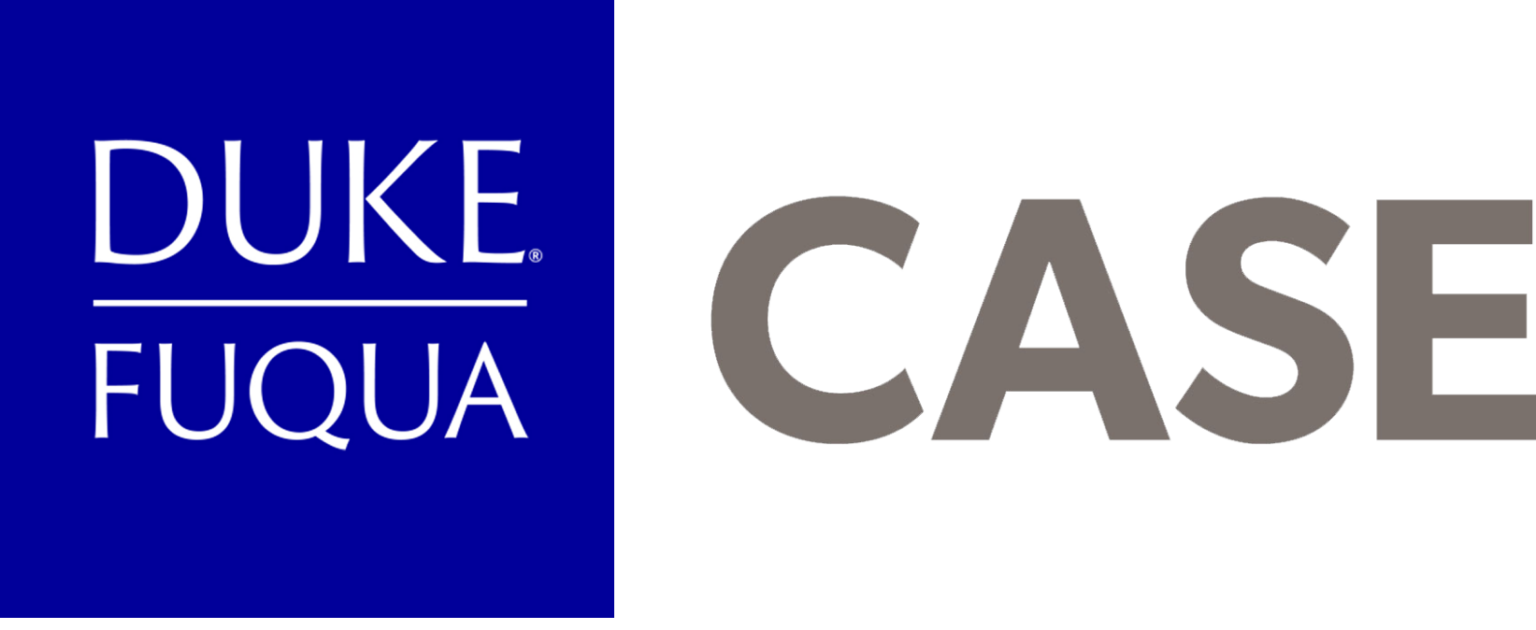Cathy Clark
A Market Emerges: The Six Dynamics of Impact Investing
By Cathy Clark, Jed Emerson and Ben Thornley Impact investing is taking shape as a distinct activity, with its own unique stakeholder relationships and operational strategies. As dozens of new funds are created explicitly to tackle the world’s most intractable social and environmental problems, including over 60 globally in 2011, the diverse practices of impact […]
The Impact Investor: People and Practices Delivering Exceptional Financial and Social Returns: The Need for Evidence and Engagement
By Cathy Clark, Jed Emerson and Ben Thornley Impact investing is at an inflection point, building off the rich histories of community finance in the United States and other countries, microfinance, international development, and the integration of ESG factors (Environmental, Social and Governance) in institutional portfolios more broadly. For over 30 years, these practices have […]
A New World of Metrics: Trends in Monitoring Social Return
By Cathy Clark and Jed Emerson Chapter in “Investing for Impact: How Social Entrepreneurship is Redefining the Meaning of Return.” How do impact investors know when they are truly creating impact? This practical guide explores cutting edge trends in impact assessment and oversight: the challenges in proving real impact, increased transparency and data aggregation, and […]
Building an Impact Economy
By Cathy Clark Prof. Clark attended the 2011 White House/Aspen Institute meeting on “Building an Impact Economy in America” and shares the critical ideas emerging from that meeting. CASENotes, 2011 Article_Clark_BuildingAnImpactEconomyBlogPost_2011
The Challenges of Creating Databases to Support Rigorous Research in Social Entrepreneurship

By Paul N. Bloom and Cathy Clark The purpose of this paper is to explore the challenges associated with trying to create databases that serious researchers would want to use to examine issues related to social entrepreneurship. Questions are raised about defining the units to be studied, determining what to measure, deciding where to obtain […]
Designing Your Business Model for Social Impact
By Cathy Clark and J. Gregory Dees From starting-up through scaling, social entrepreneurs are constantly redesigning their business models to increase their financial stability, efficiency and ultimate impact. Building on their global study of social entrepreneurial business models, the authors offer lessons about the best ways to navigate the redesign process. Successful change is less […]
RISE For-Profit Social Entrepreneur Report: Balancing Markets and Values
By Cathy Clark and Selen Ucak This first-of-its-kind exploratory study aims to take a snapshot of the landscape of U.S. for-profit social ventures, focusing on emerging companies that started within the past 30 years. Research Initiative on Social Entrepreneurship (RISE), Investor’s Circle, Social Venture Network, 2006 Report_Clark_RISEForProfitSocialEntrepreneurReportBalancingMarketsandValues_2006
Double Bottom Line Project Report: Assessing Social Impact in Double Bottom Line Ventures
By Cathy Clark, William Rosenzweig, David Long and Sara Olsen The Double Bottom Line (DBL) is a relatively new concept for business leaders. We think of Double Bottom Line (DBL) businesses as entrepreneurial ventures that strive to achieve measurable social and financial outcomes. In the past few years, as the lines between grantmaking and investing […]
RISE Capital Market Report: The Double Bottom Line Private Equity Landscape in 2002/2003
By Cathy Clark and Josie Taylor Gaillard This snapshot of the emerging DBL investor landscape reveals a colorful cadre of investors going about their work in myriad ways. Our research shows that the group of DBL funds is broader in industry scope and deeper in each social or environmental focus than either we, or our […]
RISE Social Venture Rubric: A Diagnostic Tool
By Cathy Clark The RISE Social Venture Rubric is a diagnostic tool that was developed at Columbia Business School to aid the in-class evaluation of social ventures. It was designed to stimulate for discussion and to help a student, entrepreneur, investor or consultant identify points of relative strength or weaknesses of a social venture. Research […]
